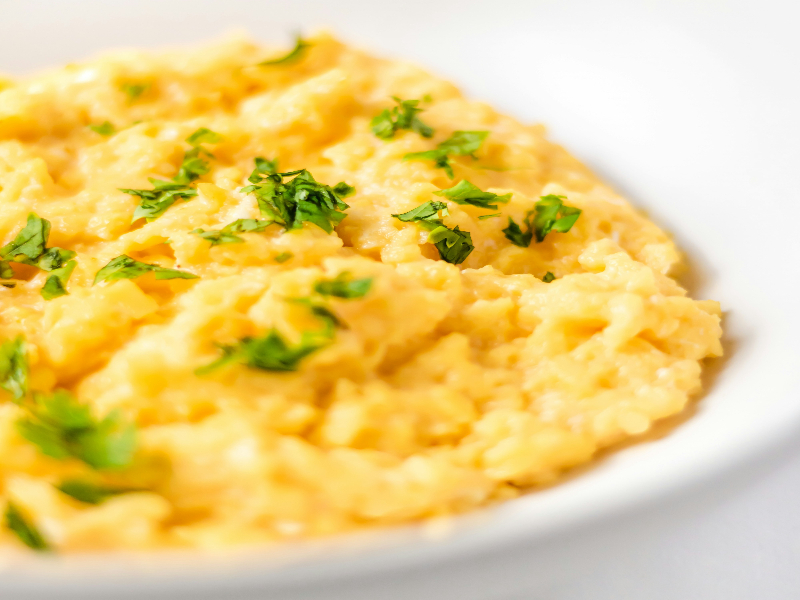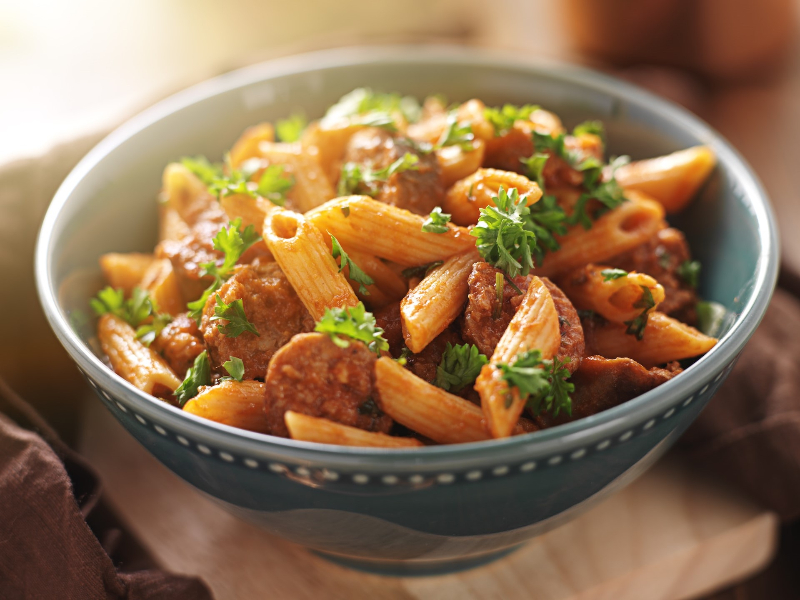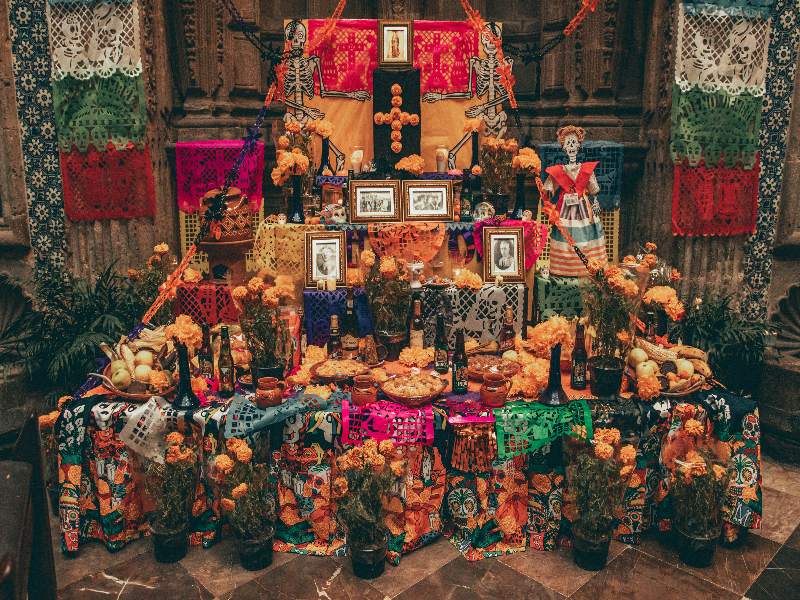
Exotic Salads
Getting ready for an upcoming dinner party, the guarantees with this group are delicious food (a professional chef and accomplished cooks make up the group), wines to complement the various courses and stimulating conversation. All the necessary ingredients for a perfect evening.
At first blush, my assignment – a vegetable salad – oh and by way, make something exotic – seemed like an oxymoron. Did I somehow draw the short straw? I mean, think about the most recent memorable meal you shared with family or friends.
Was the salad course the standout? Let me answer the obvious – no. But I’m a team player, so exotic salad it is.
I quickly run through dishes I think may fit the bill: Ambrosia, which I quickly realize would make me a laughingstock; deconstructed Caesar, no; potato salad, how silly of me – this isn’t a picnic – subconsciously making me think this isn’t a picnic trying to figure it out.
According to the Oxford Dictionary of Food and Drink in America, the vegetable salad’s origins date to the first century Roman Empire as raw leafy vegetables with a salty, oily dressing.
Did you know the word salad comes from sal, Latin for salt? It’s neat we still eat such an early version but note “exotic” is nowhere to be found.
The Dark Ages were indeed dark years for salad consumption; from the 11th-15th centuries, salad days were back. In 1404, William Shakespeare coins the phrase “salad days.” The idiom has nothing to do with food; instead referring to a period of carefree innocence, idealism and pleasure associated with youth.
Diocletian Lewis (1823–1886), known as Dr. Dio Lewis, a prominent temperance leader and physical fitness advocate who attended the Homeopathic Hospital College of Cleveland, Ohio and practiced homeopathy, opposes salad dressings because “they are too tasty.”
So, when the chef gives me the salad assignment, I embrace it and make, well, salad. Turns out, I didn’t draw the short straw after all. Here’s hoping it’s exotic enough. You can decide for yourself since it’s this week’s recipe. Let me know what you think.
Classes
On November 21, with Rollies Mexican Patio Chef/Owner Mateo Otero, you’ll cook dishes he makes for family and friends that aren’t on the restaurant menu: Sonoran Style Korean Kalbi Short Ribs have his spin using Mexican beer and chiltepin in the marinade; Red Chili Nopalitos topped with Queso Fresco and for dessert, Caramelized Banana and Marzipan Crumbles Nachos – multiple layers of deep fried flour tortillas with cinnamon sugar, ice cream and marzipan crumbles.
Cooking with the Wildcats – Food & Football with Coach Ricky & LaMonte Hunley is rescheduled to December 2. Spend Friday evening talking football and cooking along with Ricky and LaMonte, who know their way around the kitchen like they did the football field. On the menu: Lemon and Wine Marinated Baked Salmon; Bok Choy Salad with Strawberry, Pear, Apple, Jalapeño and Sesame Seeds; Sautéed Spinach; and Key Lime Pie.
It’s time to think about baking! On December 3, it’s Take & Bake: Almond Biscotti with Certified Executive Chef and Slow Food Southern Arizona Chapter President Barry Infuso. We’ll start the morning with a hot beverage that’ll be perfect for dunking some already made twice-baked cookies. You’ll make and take home dough ready for the oven that’ll yield about 120 cookies.
Senae Thai Bistro Chef/Owner Dee Buizer’s December 8 Exploring Thai Cuisine class has 2 seats left. Her authentic and elevated dishes, accompanied with wonderful stories, are always a favorite. On the menu: Tom (cooked) Kha (galangal – a varietal of ginger) Gai (chicken) coconut milk soup’s origin is from northern Thailand with influences from neighboring Laos. Its pungent, slightly sour and floral flavors beautifully contrast coconut milk’s creaminess and Gai (chicken) Pad (stir-fried) Kraprow (holy basil) served over rice with an egg. The dish, adapted from Chinese stir-frying, is popular in northern Thailand and found from street food vendors to high-end restaurants.
With the holidays fast approaching, it’s time to savor Panettone, the Italian sweet bread showing up on store shelves. Made months in advance, preservatives keep it soft. Instead of buying it premade, on December 10, join Certified Executive Chef Barry Infuso and learn to make and bake it in a paper bag, proving fresh is best. With flavors so amazing, you’ll never purchase it readymade again. Light and fluffy, buttery and chock full of dried fruits, the yeast-leavened, mouth-watering bread is often thought of as dessert. You’ll make enough dough to bake four 1 pound breads to keep or give as gifts.
The details for the December 11 Holiday High Tea from 2:00 p.m.-4:00 p.m. at Carolyn Blair’s newly opened Lavender Manor, 347 E. 4th St., the Tucson location of Oracle’s Life Under the Oaks Lavender Farm, are being finalized.
On December 12, El Rustio Owner/Chef Juan Almanza’s Get the Más Out of Masa class has the hardest part – making the masa – already done. You’ll have fun pressing tortillas for Enchilada en Tomatala (tomato sauce) and Enchilada with Red Sauce; making Sopes (also known as picadita, originating in central and southern Mexico) and Gorditas (masa stuffed with meat or other fillings); and cooking three filling options: Chicken with veggies, border-style shredded beef with potatoes and veggie calabacitas con queso, as well as accompanying salsas and a variety of garnishes.
Wishing you joy in the kitchen,
Michele
Solterito
Yield: 4-6 servings
This is a well-known dish of southern Peru, originating in Arequipa. It translates to “little single man.” There are as many variations as there are cooks.
1 cup potatoes, diced into cubes
1 cup fava or lima beans
½ cup red onion, diced
1 cup tomatoes, seeded and diced
1 cup corn kernels
1 ½ cups queso fresco or feta cheese, crumbled
2 tablespoons jalapeño or rocato (Peruvian red pepper) pepper, seeded and diced
Kosher salt to taste
Freshly ground black pepper to taste
6 tablespoons olive oil
3 tablespoons red wine vinegar
¼ cup kalamata olives, sliced
2 tablespoons parsley, chopped
1. Cook potatoes in boiling salted water until fork tender. Drain, cool and peel.
2. Cook fava beans in boiling salted water 5 minutes, drain and peel.
3. In a bowl, combine potatoes, beans, onion, tomato, corn, cheese and chile pepper. Season with salt and pepper
4. In a lidded jar, combine oil and vinegar, shaking to emulsify. Pour over salad, stirring to combine. Add olives. Cover and refrigerate at least 2 hours for flavors to meld.
5. Garnish with parsley then serve immediately. Can be served cold or room temperature.





